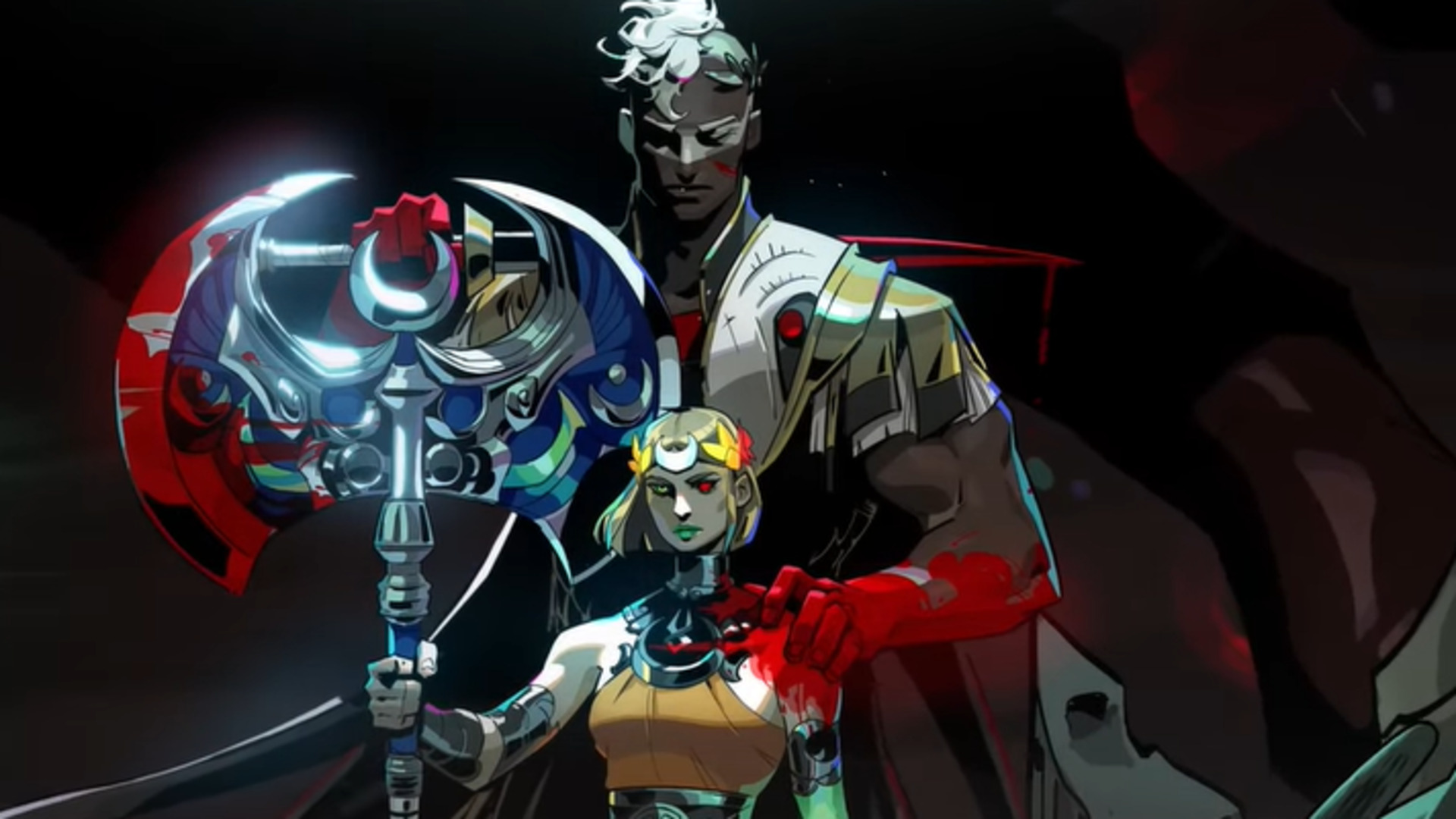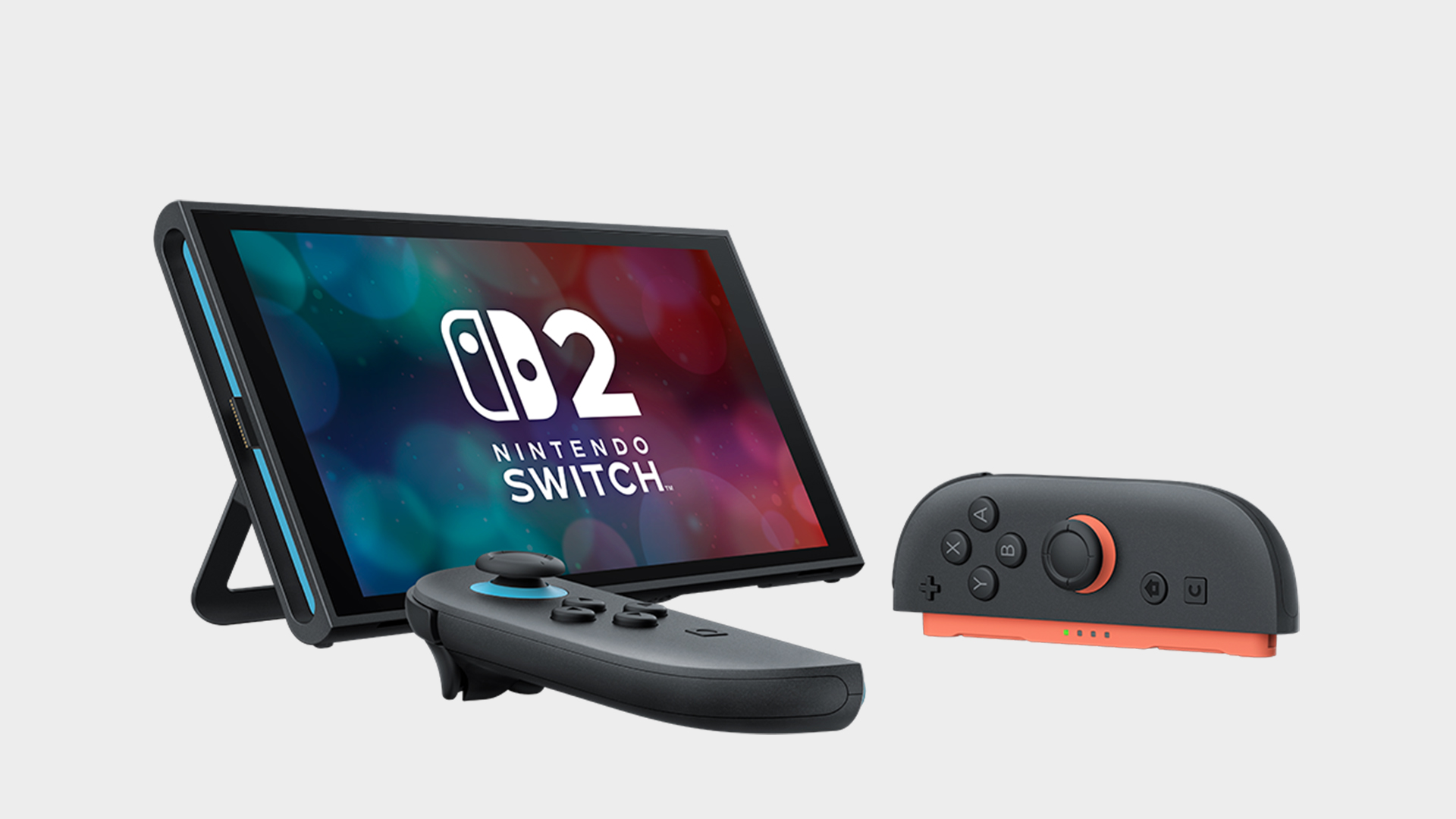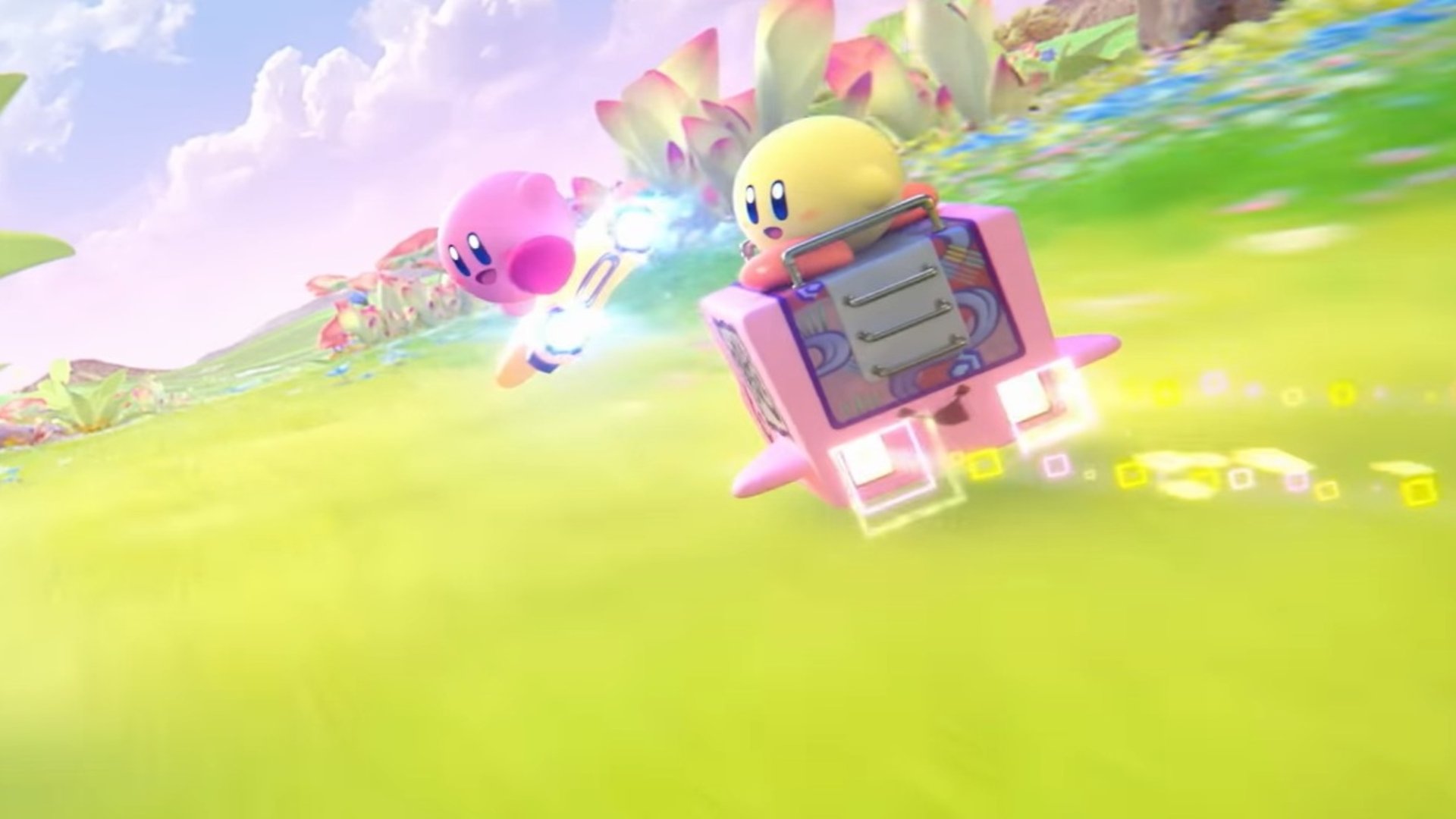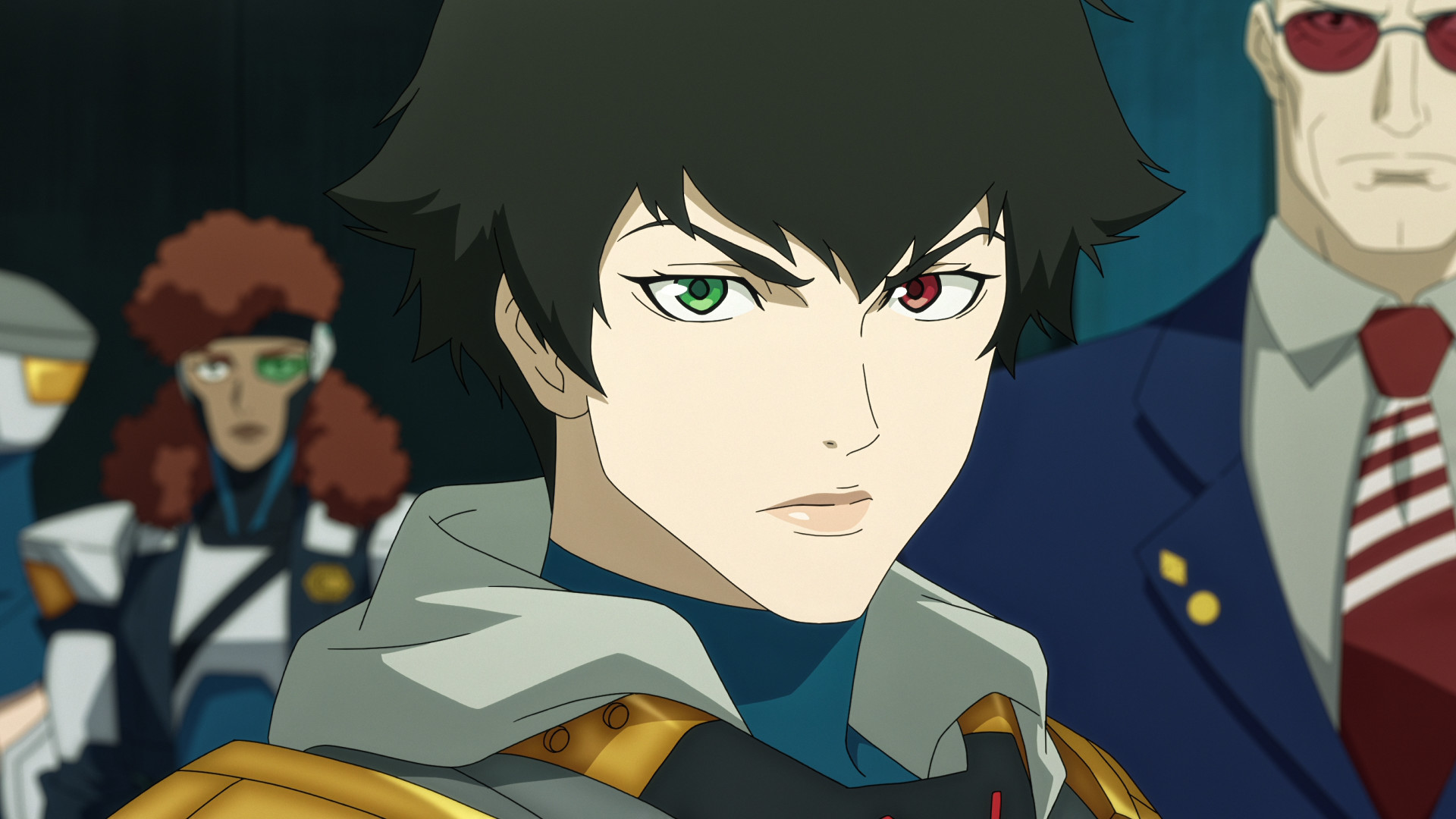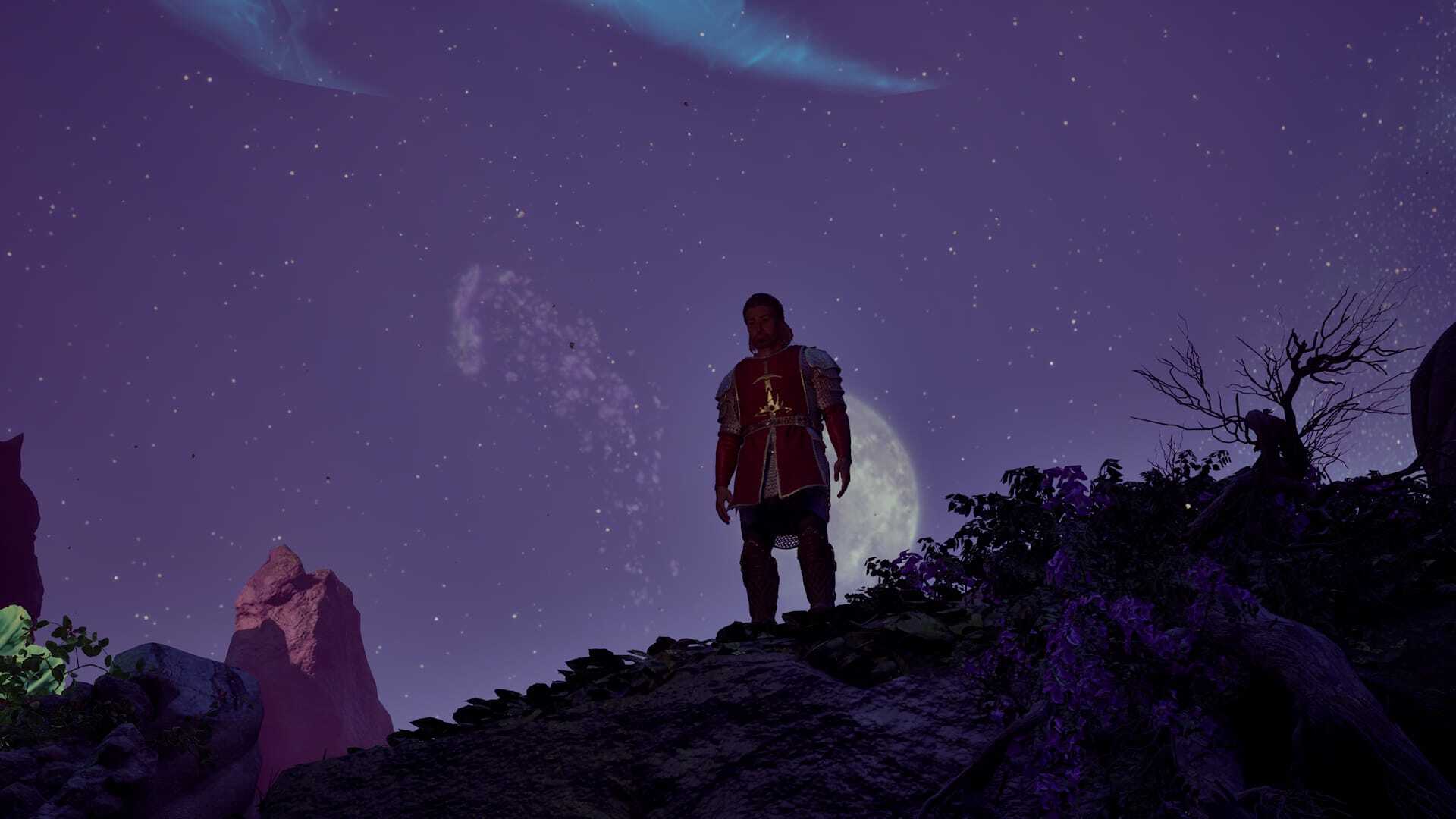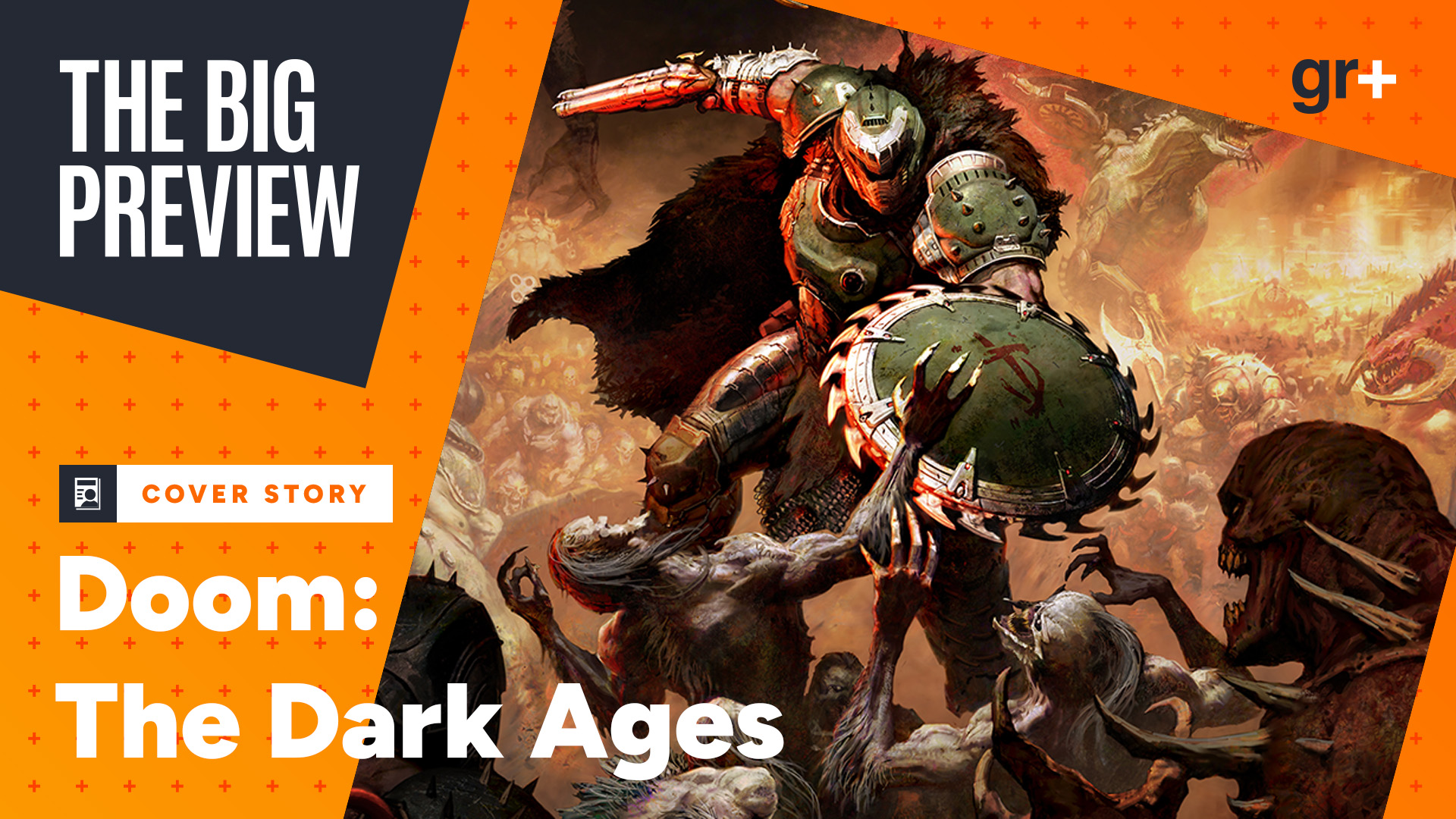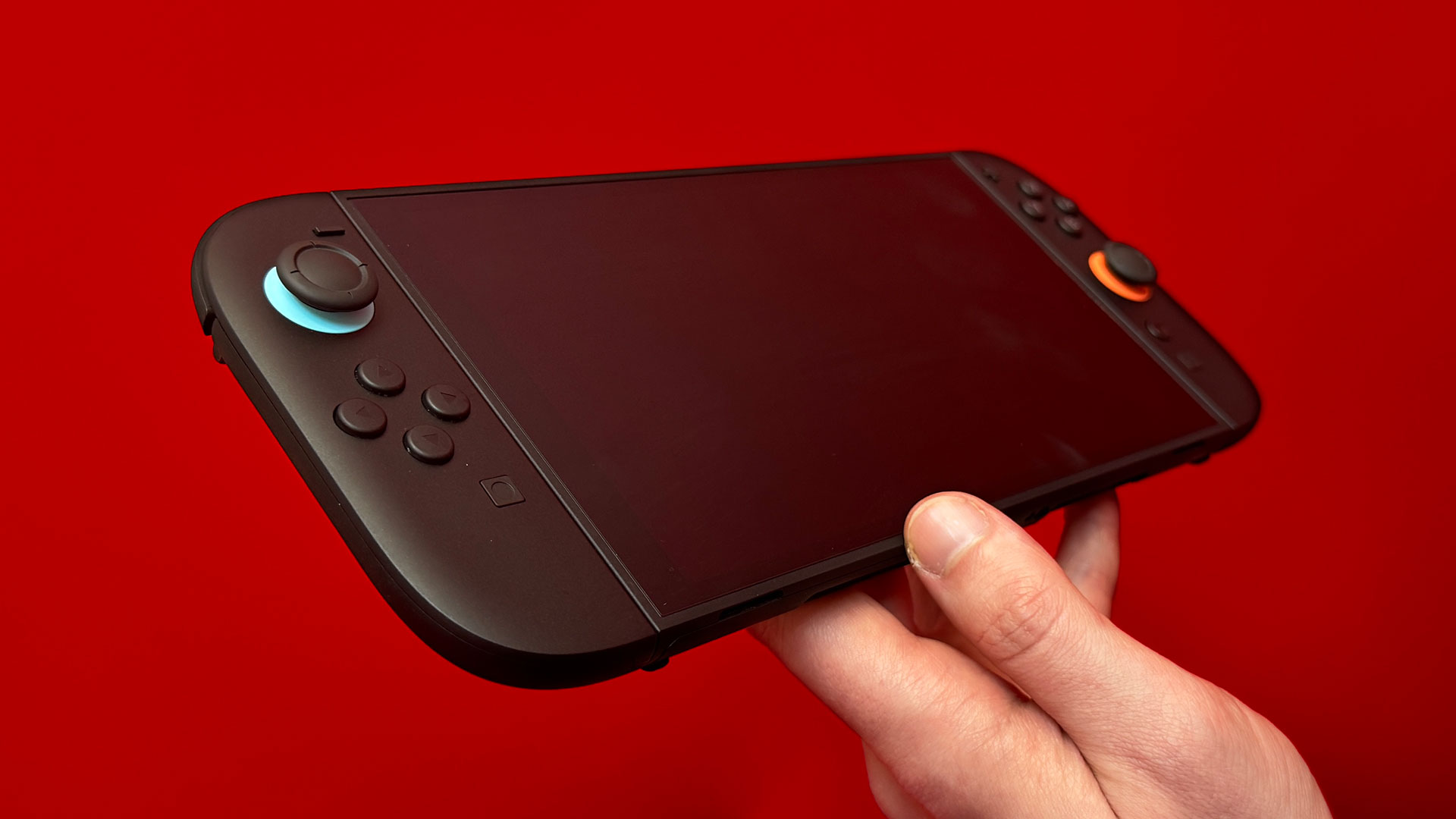The Top 7... Consoles that never were
Gizmondo 2? Super Nintendo CD? Find out why they vanished before their time
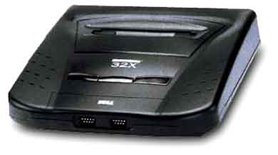
Created by: Sega
Intended for release: 1995
The hope: The 32X did a decent job of turning Sega's 16-bit Genesis into a then-impressive 32-bit powerhouse, but it was expensive, clunky and - when combined with the Sega CD - turned the console into an unwieldy tower. The solution? The Neptune, a $200 console that combined the Genesis and 32X into one cartridge-based unit, potentially reducing consumer confusion and bringing new gamers into the 16/32-bit fold with awesome games like Star Wars Arcade, and, uh… Star Wars Arcade.
The reality: While we're sure it seemed like a good idea at the time, the Neptune would probably just have been another entry in Sega's confusing, increasingly ridiculous menagerie of semi-compatible systems. Between the Genesis, Genesis 2, Genesis 3, CD-X, various iterations of Sega CD and the 32X, being a would-be Sega fan could be awfully confusing. And while the Neptune might have been meant to streamline things, it likely would have just added to the confusion.
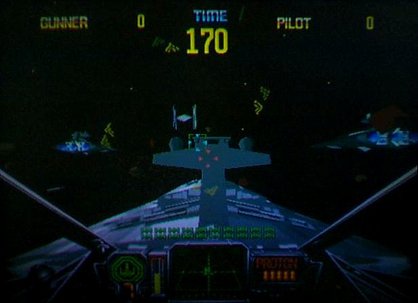
Above: YES THIS IS WORTH 200 DOLLARS ABSOLUTELY
Why it never saw life: Lack of interest from consumers, combined with limited resources at Sega. While the 32X sold well when it was introduced in 1994, by 1995 it had started to sag, mainly because developers and consumers were holding out for the Saturn. Because Sega's answer to the PlayStation was right around the corner, it seemed silly to invest in what many already thought was a dead-end, stopgap system.
Eventually, Sega realized that it was even sillier to compete against itself with two incompatible consoles. Sega initially pushed the Neptune back to early 1996, but - after realizing it was just one more liability - Sega wisely decided to pull the plug when it halted production and support for the 32X, Genesis and anything else that wasn't the Saturn in late 1995.
Sign up to the GamesRadar+ Newsletter
Weekly digests, tales from the communities you love, and more

